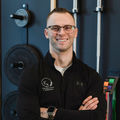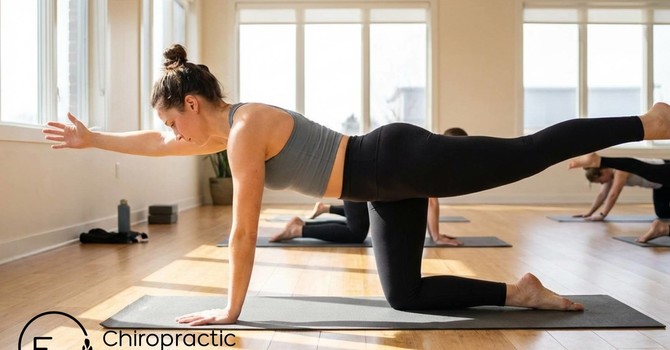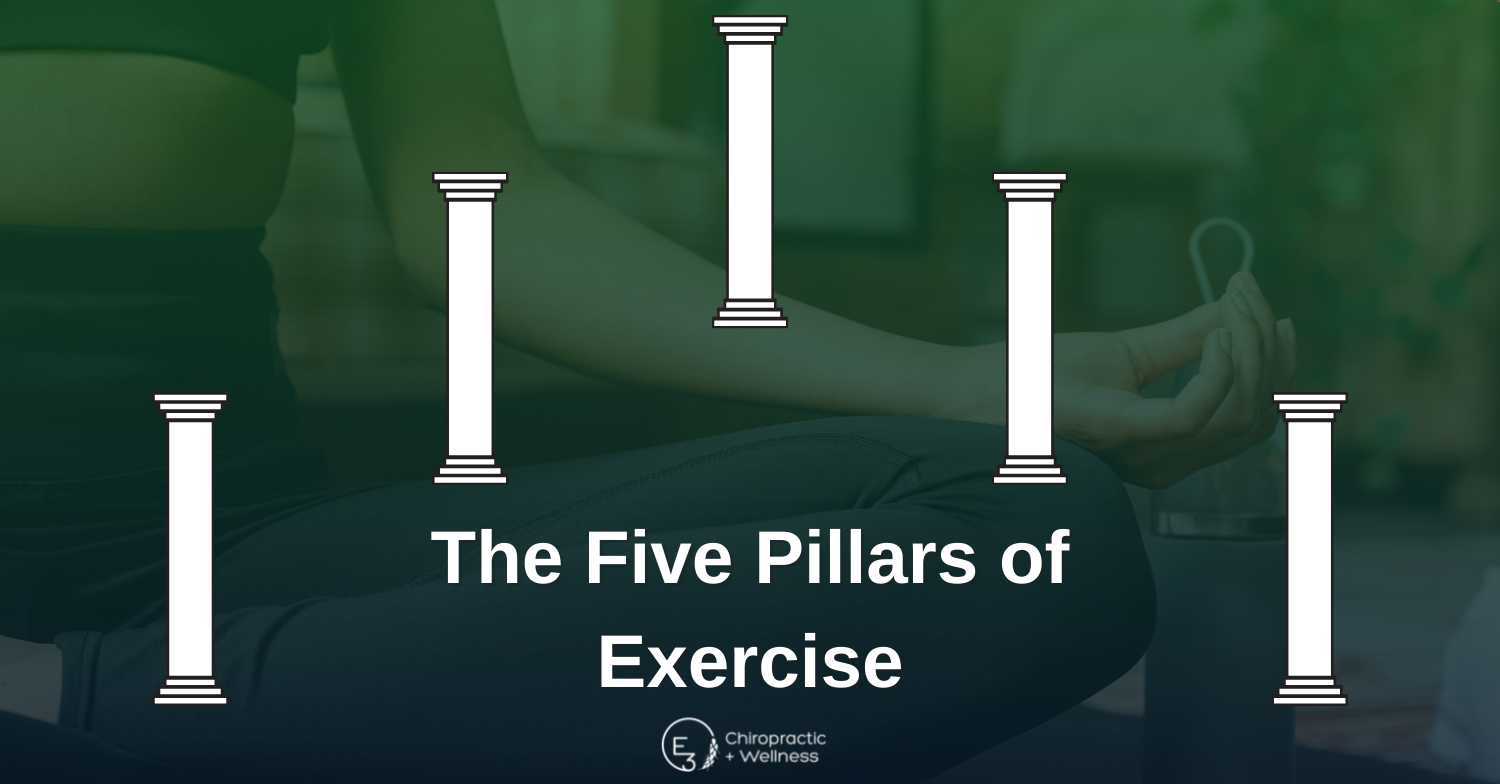
It is no secret that exercise is one of the greatest tools that we can use to be healthy and live long.
Now, there are more ways to exercise than ever. You can CrossFit, join a local gym, go to spin or HIIT studios, or perform typical strength training at a box gym.
But which way to exercise is best?
I am here to tell you that there is no single best way to exercise. You should find a way to incorporate ALL these activities into your exercise regime.
I view exercise as having five fundamental pillars:
- Stability
- Strength
- Aerobic Capacity
- Anaerobic Performance
- Mobility
A table with three legs is not very stable. If you see a table with one leg, well, it’s not a table at all. We need to be at least competent in ALL of these pillars of exercise to reduce your risk of injury and live a long, pain-free life.
After reading this, you will have a thorough understanding of each of these pillars and how you can implement them into your weekly routine!
1. Stability
Stability is the ability to safely transfer load from the outside world to the body and vice versa. This is like the difference between a race car and a streetcar.

The chassis of a race car is constructed so that every ounce of power is transferred to the road. We want our bodies to be like a racecar. We need our bodies to safely accept forces from the ground and put forces back into the ground.
Being stable starts with proper loading of the feet and a proper low back stabilization strategy. The biggest thing we can start to do is let our feet interact with the ground without shoes and practice proper diaphragmatic breathing.
In my opinion, this is necessary as a pre-requisite to strength to decrease your risk of injury.
At E3, we pride ourselves in our stabilization programs that help reduce the risk of future injuries for those experiencing low back pain, neck pain and shoulder pain.
2. Strength
Strength ultimately measures how much force or pressure your body can withstand. It is not only how much weight you can pick up and move but also how much force you can resist moving you.
In my opinion, strength is the most overlooked aspect of physical health in the ageing population.
The most critical factor in keeping your independence as an ageing senior is are you strong enough to pick yourself up off the toilet.
The single most harmful thing that can happen to a senior is a fall. The easiest way to mitigate your fall risk is by being strong and stable.
A strength workout program should include all of the fundamental movements throughout the week.
- Squat
- Hinge
- Lunge
- Push
- Pull
- Carry
If you are ever going to the gym and don’t know what to do, think of these six things, pick a movement that pertains to a category, and giver!
3. Aerobic Capacity
Aerobic exercise only uses fat as fuel. This definition of aerobic capacity is pretty simplified, but it gets the point across.
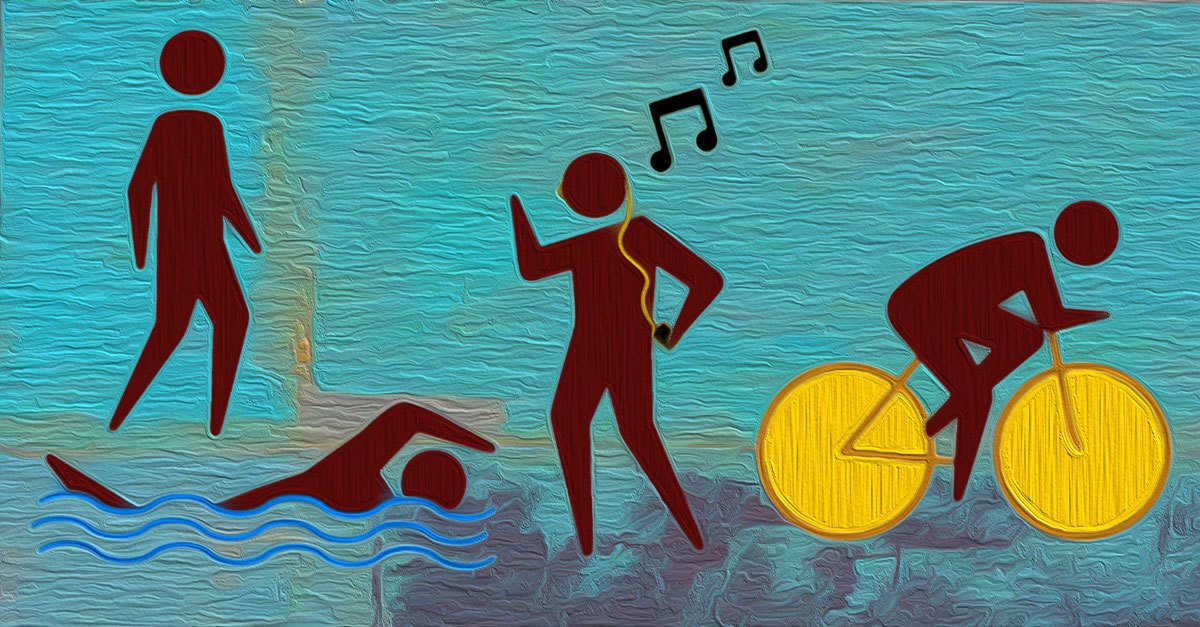
Our body has different energy systems that it uses, and each of these systems is used at different intensities.
Aerobic exercise is a low-level, steady-state cardio activity. It is exercise that you can do, and you should be able to talk while you do it (also referred to as Zone 2 Training).
Intense walking, light bike rides, or light jobs are typical aerobic training exercises. Your heart rate should stay around 120-130 BPM.
The more we increase our capacity, the harder we can work without raising our heart rate over 120-130. This directly correlates with the function of our mitochondria, which are more than just the powerhouse of the cell, and has incredible correlations with overall health.
4. Anaerobic Performance
Anaerobic performance is the exact opposite of aerobic.
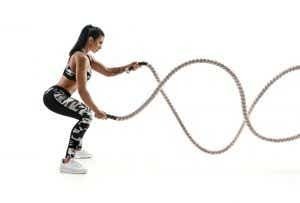
Anaerobic activity breaks down stored sugars in our bodies to use as fuel. Anaerobic exercise is done in short bursts of INTENSE movement. You typically go HARD for 10-30 seconds, followed by a 15-45 second break. You repeat this for 10-15 minutes.
As we improve our anaerobic performance, we improve our body’s ability to recharge and recover in a short period.
Think of football players who need to be extremely powerful for 8-10 seconds but can get upwards of 30 seconds of recovery time. They need to recover in a short time period to continue to perform at as close to 100% as possible during those 8-second bursts.
The beauty of anaerobic exercise is that you get numerous benefits in a short time span.
5. Mobility
In my opinion, mobility is one of the most under-appreciated forms of fitness. It is crucial in injury prevention and longevity.
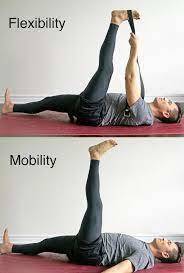
Mobility is NOT the same as flexibility.
Flexibility is how far a limb can move passively or with assistance. As an example, how far can I stretch my hamstring while using a strap?
Mobility is the ability for my to control my limb through space. So how far can I move my leg up into the air, on its own?
Mobility is critical in injury risk mitigation. Our risk of injury increases if our limbs are pulled into a range of motion that we have no control over. For example, if you are holding hands with your kid and they tug you backwards.
If you can barely reach your hand backwards, your injury risk is much higher than someone who can. If you feel like you are struggling with your mobility, this is where Chiropractic care can help. Having an assessment can help to determine what is causing your mobility issues and if there are other issues that your body is compensating for.
Summary
At E3 Chiropractic + Wellness, we are proud to provide treatment plans that incorporate all pillars of exercise. We understand that you need your body to have fun for the next 50 years!
If you are experiencing low back pain, neck pain or shoulder pain, E3 Chiropractic + Wellness is your choice of Chiropractor in Saskatoon to help you get out of pain and get back to the activities you love with the people you love, for life! Click HERE to book an appointment today!
